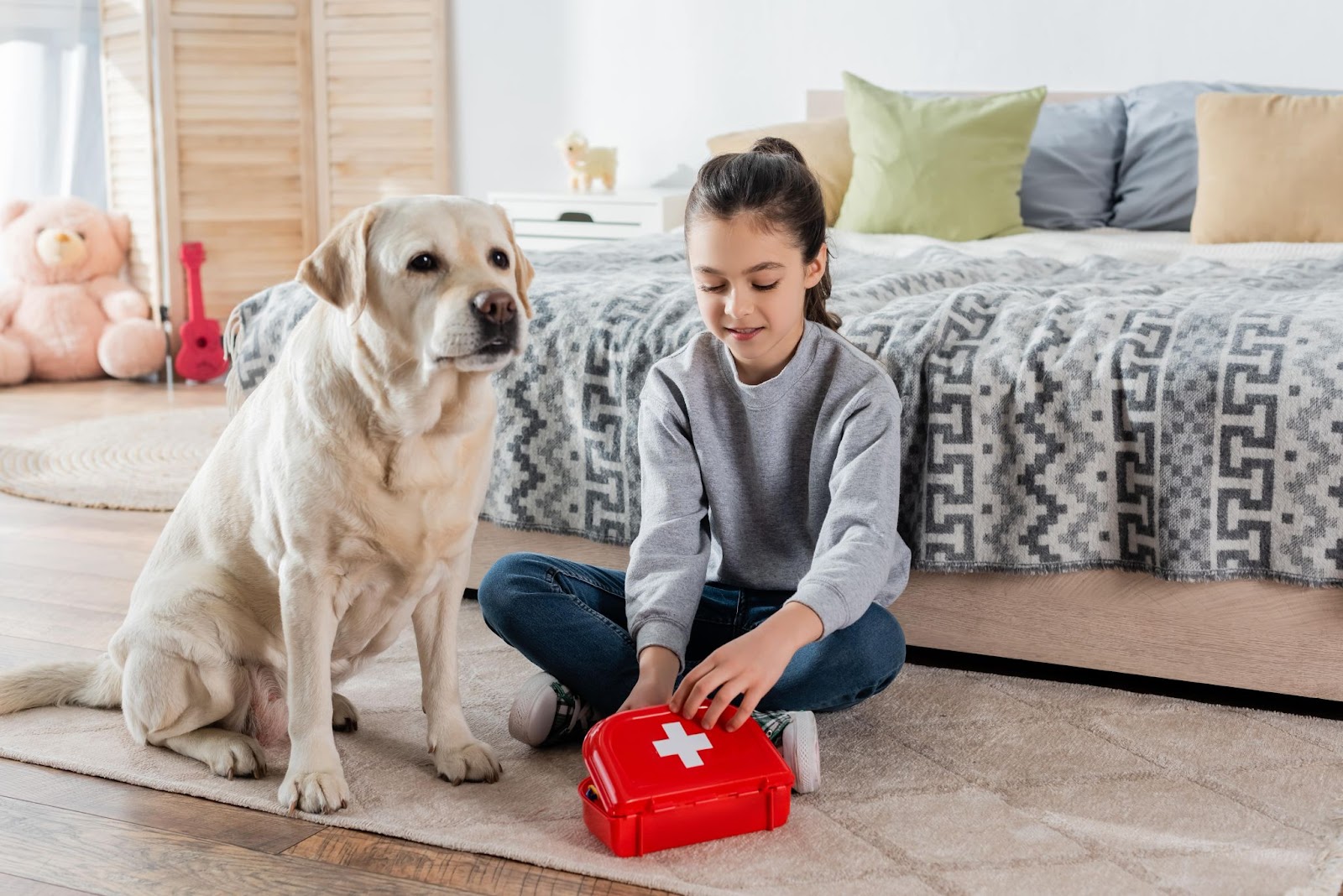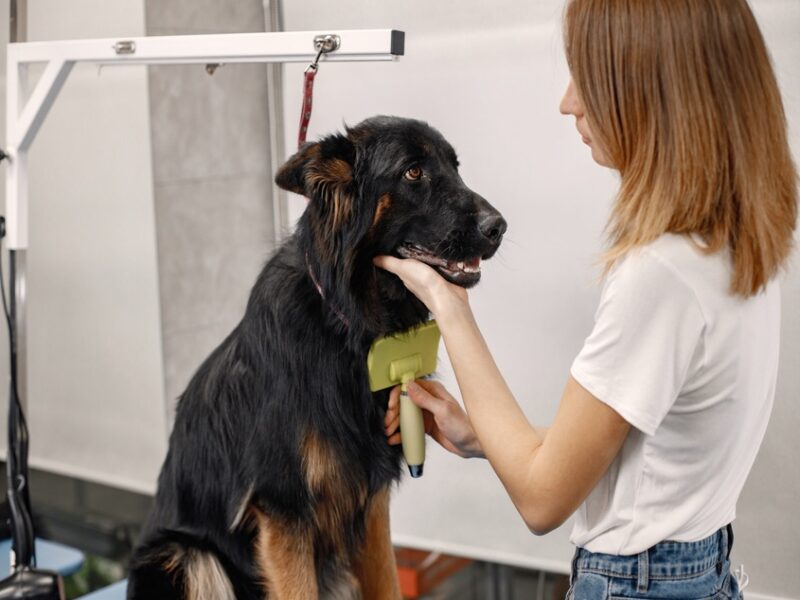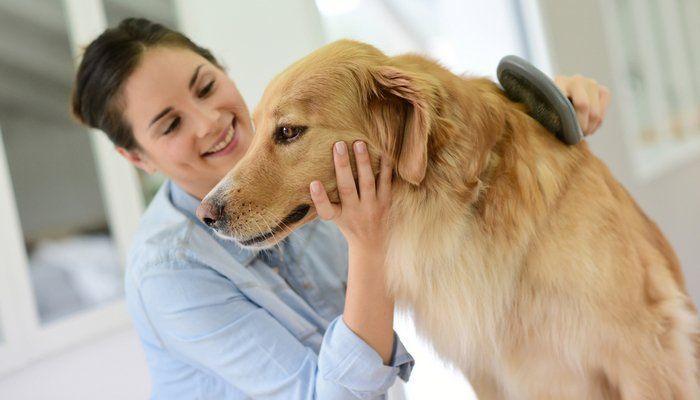Dogs are beloved members of our families, and as responsible pet owners, it’s crucial to monitor their health regularly. By monitoring many vital signs, you can quickly identify potential health issues and provide the necessary dog first aid. In this article, we will explore these vital signs and learn how to monitor them effectively.
Why is Monitoring a Dog’s Vital Signs Important?
Monitoring a dog’s vital signs is essential because it allows us to improve its health and well-being. Dogs, like humans, can experience various health issues that may require immediate attention. By knowing what to look for, we can act promptly and seek appropriate dog first aid if necessary. Regularly monitoring a dog’s vital signs can help identify potential problems early on, allowing us to seek veterinary assistance before conditions worsen.
Body Temperature
A dog’s body temperature is an important indicator of its health and can provide insights into potential health problems. The normal body temperature for dogs typically ranges between 37.5°C and 39.2°C. Monitoring a dog’s body temperature helps identify fever, hypothermia, or other underlying conditions. It is best to use a digital thermometer specifically designed for dogs to measure a dog’s body temperature. Gently place the thermometer under the dog’s armpit or in their ear canal. It is essential to make the dog’s experience as comfortable and stress-free as possible.
Heart Rate
A dog’s heart rate is an important vital sign that provides insight into its cardiovascular health. Typically, a healthy dog’s heart rate ranges between 60 and 140 beats per minute, depending on factors such as age, size, and breed. To measure a dog’s heart rate, locate the pulse in the femoral artery, which can be found on the inside of the hind leg. Count the beats for 15 seconds and multiply by four to calculate the beats per minute.
Respiratory Rate
Monitoring a dog’s respiratory rate allows us to evaluate its breathing patterns and ensure proper lung function. A healthy dog usually has a respiratory rate of 10 to 30 breaths per minute. To count your dog’s breaths, observe their chest movements for one minute while they are at rest. Alternatively, you can count for 15 seconds and multiply by four to calculate the breaths per minute.
Gum Color and Capillary Refill Time
The colour of a dog’s gums and their capillary refill time are indicators of their circulatory health. Healthy dogs typically have pink gums, indicating proper oxygenation and blood flow. To check capillary refill time, press your finger against the dog’s gum until it turns white, then release. Normal refill time is less than two seconds; any delay may suggest a problem. If you notice pale or blue gums or a prolonged refill time, it’s essential to seek immediate veterinary assistance.
Hydration Status
Proper hydration is crucial for a dog’s overall well-being. Dehydration can lead to various health issues and even become life-threatening. To check your dog’s hydration status, gently lift their skin near the shoulder blades. In a well-hydrated dog, the skin will immediately return to its original position. If the skin remains elevated or takes longer to return, it could be a sign of dehydration, and you should consult your veterinarian.
Taking Action: Dog First Aid for Abnormal Vital Signs
If you notice any abnormalities in your dog’s vital signs, it’s important to take appropriate dog first aid measures and consult a veterinarian if necessary. While this guide provides general information, it’s crucial to remember that every dog is unique, and professional veterinary advice should always be sought for accurate diagnosis and treatment. Additionally, it’s important to remain calm and comforting for your dog throughout any first aid procedures to minimise stress.
Conclusion
As responsible pet owners, monitoring our dogs’ vital signs is essential for maintaining their health and well-being. By regularly checking their body temperature, heart rate, respiratory rate, gum colour and capillary refill time, and hydration status, we can catch potential health issues early and provide appropriate dog first aid. Remember, always consult a veterinarian for a comprehensive evaluation and guidance specific to your dog’s needs. By practising Dog First Aid for our furry friends, we can ensure they live happy, healthy lives by our side.


